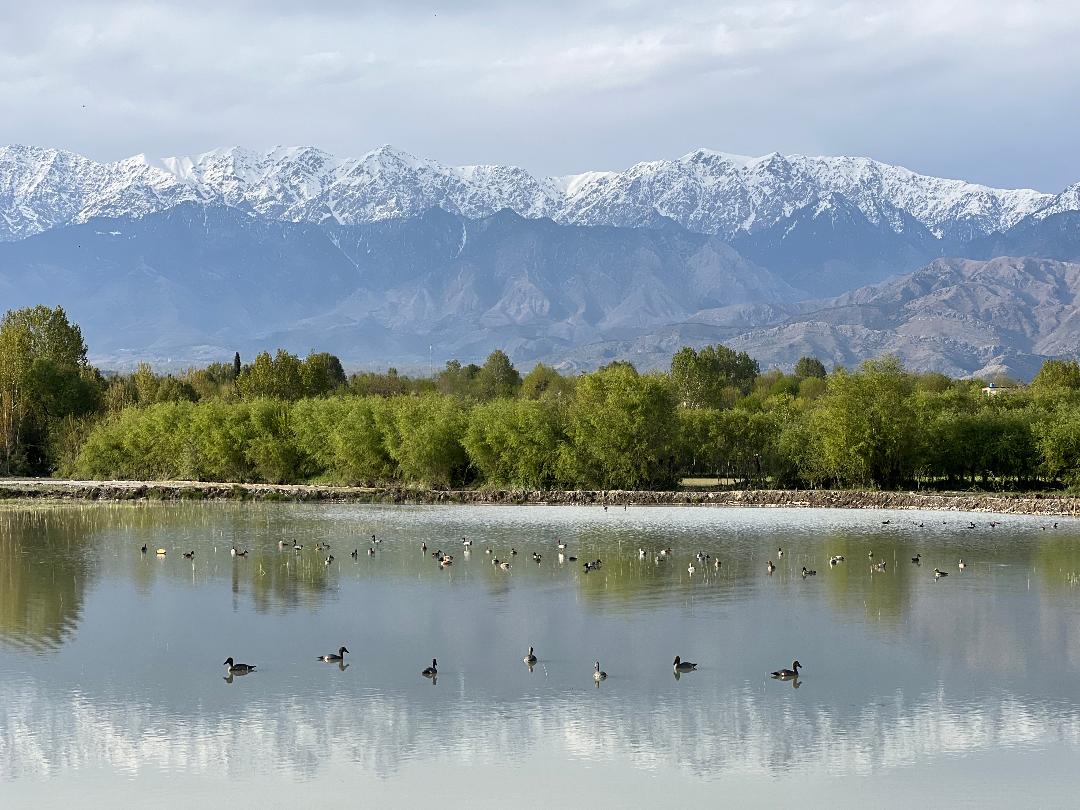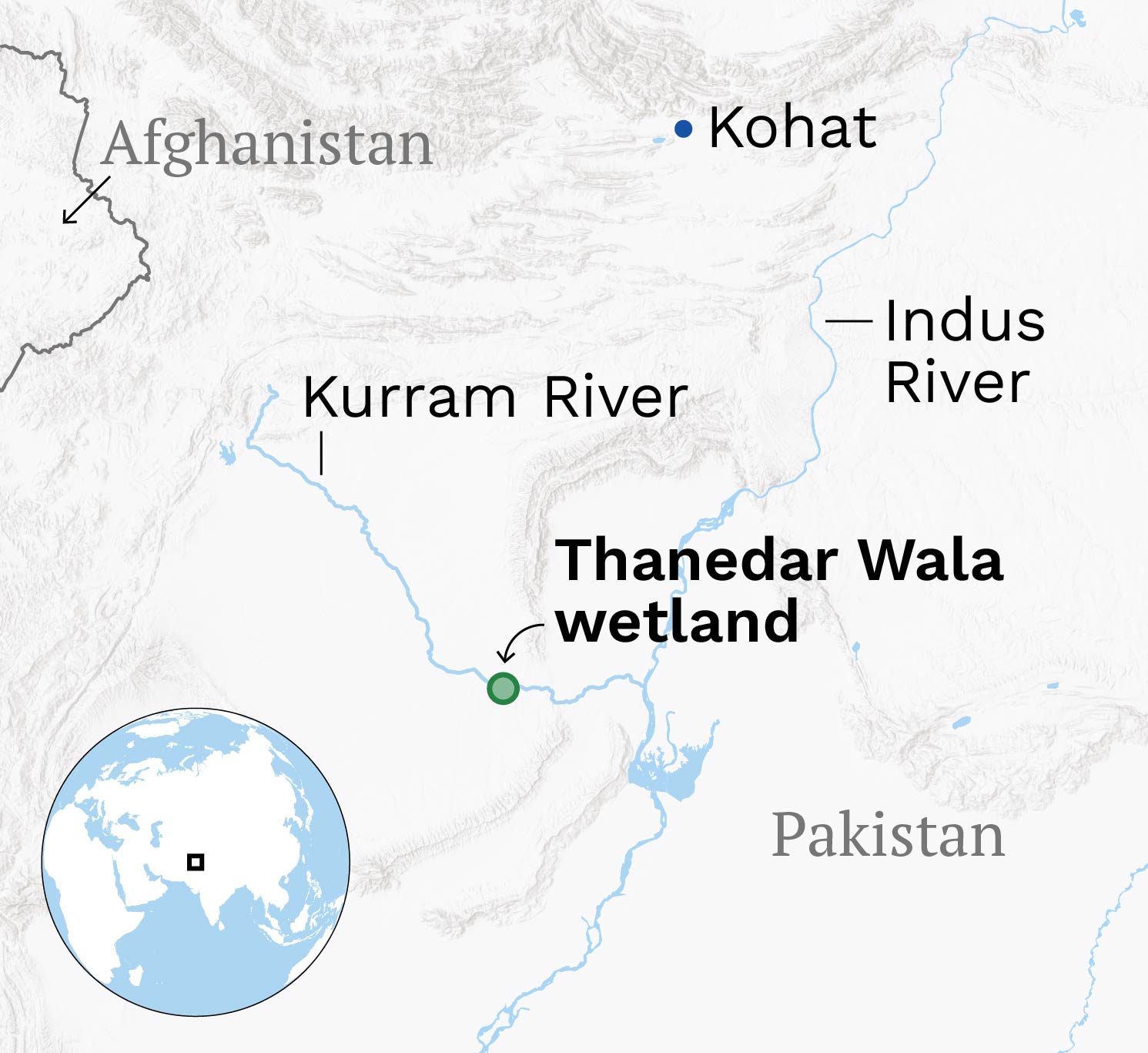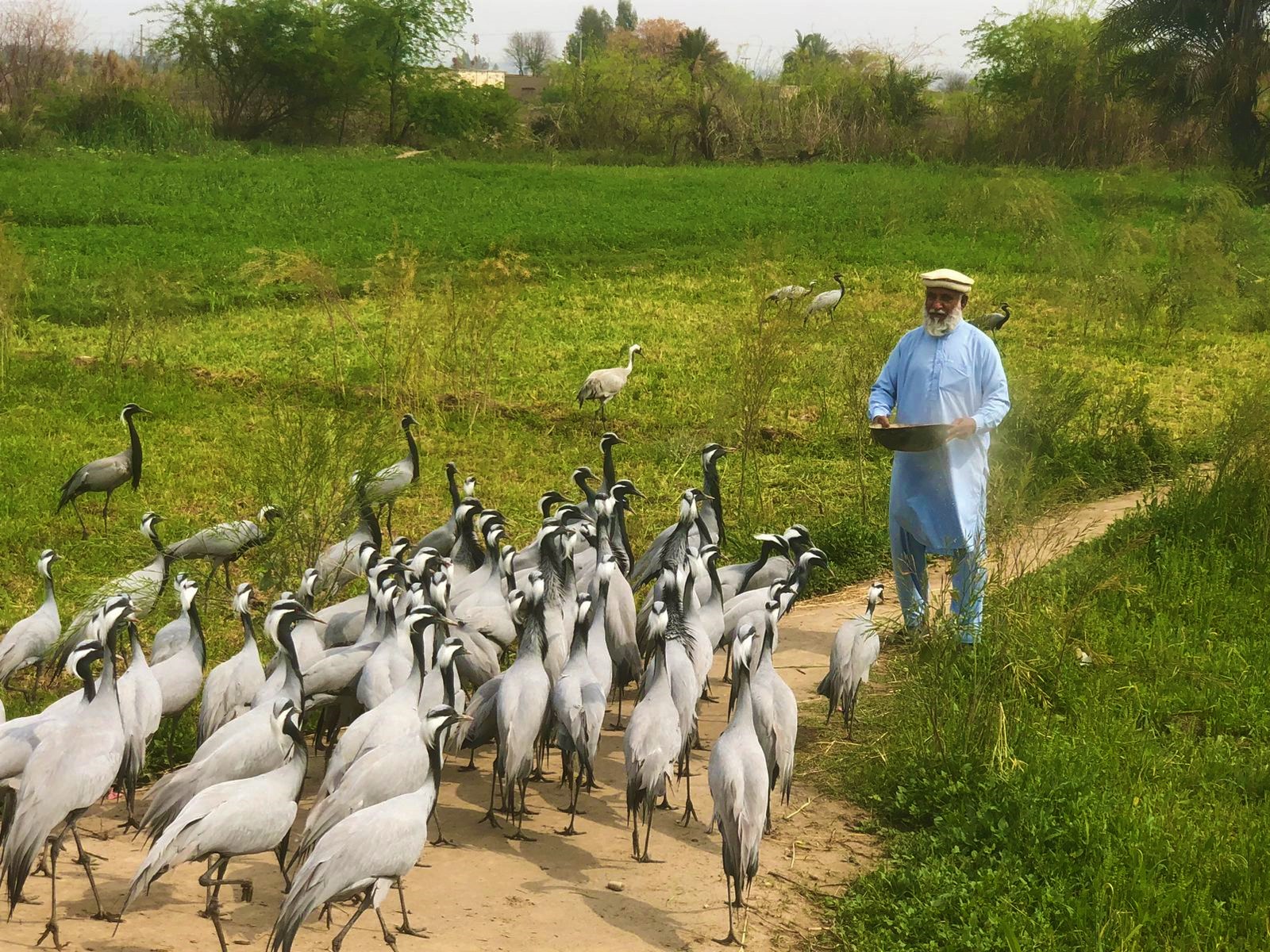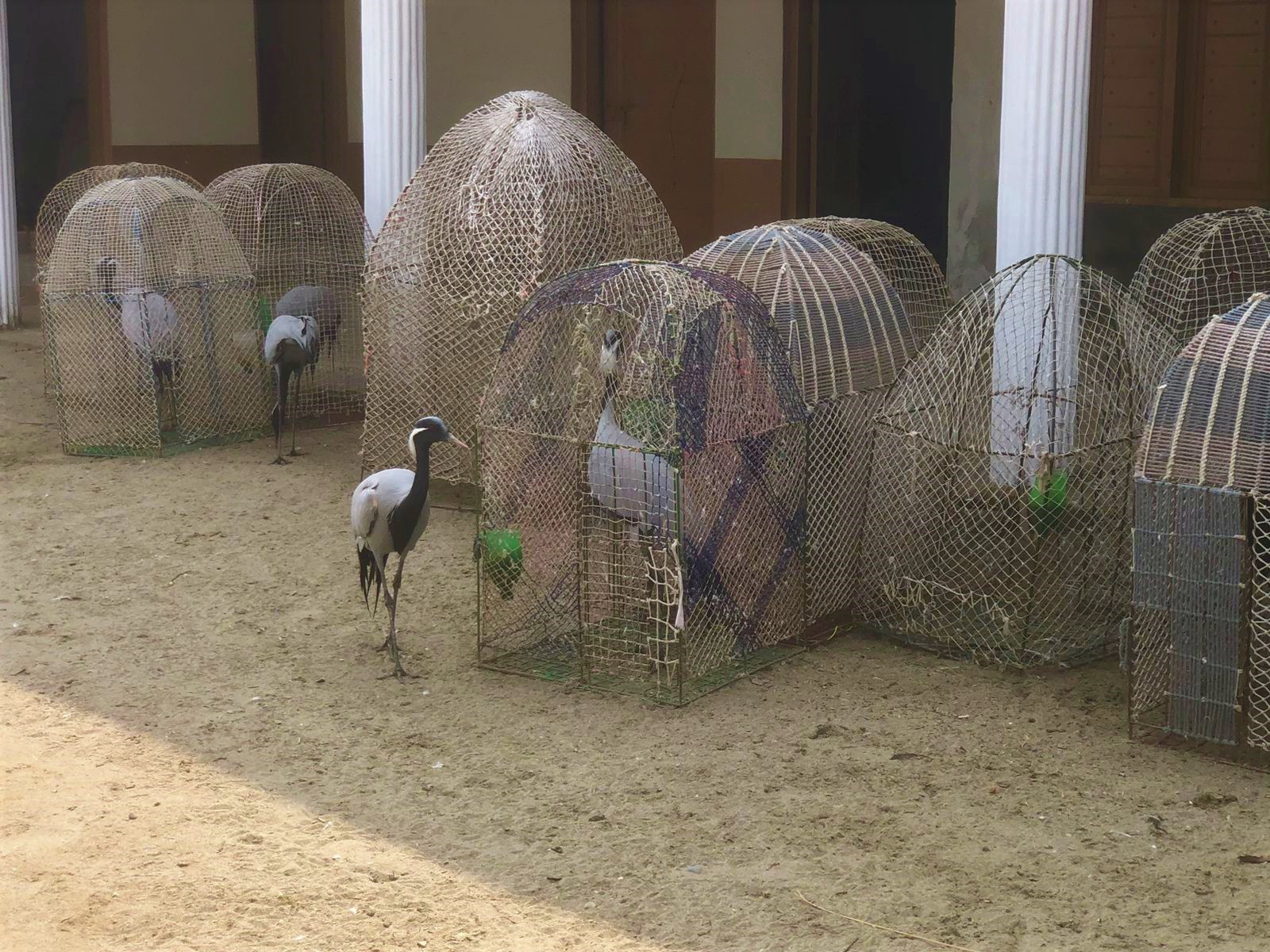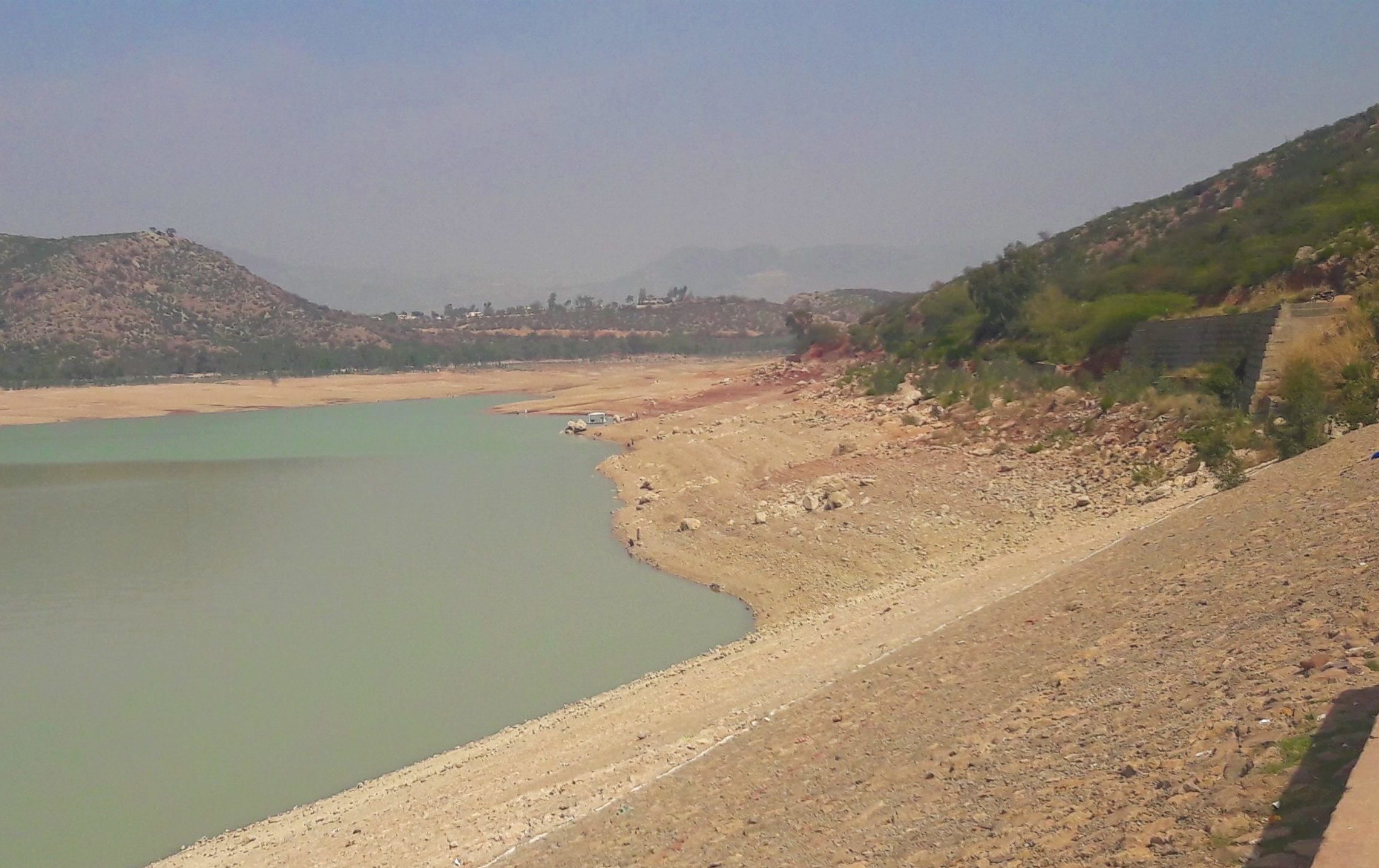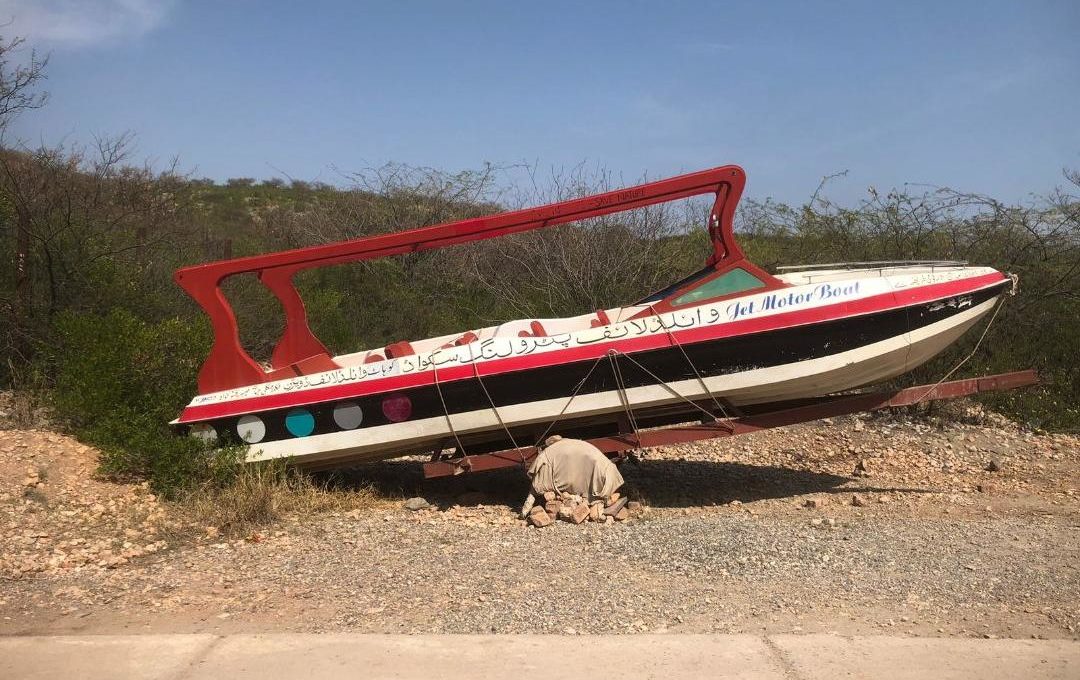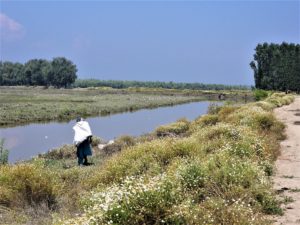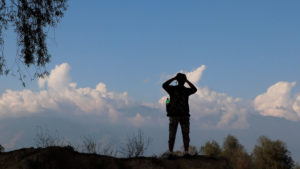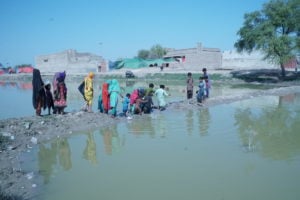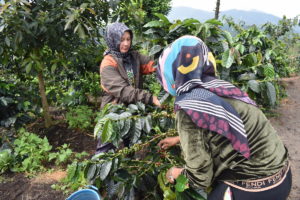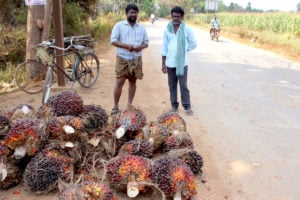A deep-rooted culture of hunting, combined with decades of encroachment, have taken a heavy toll on the populations of migratory birds in the wetlands of northwest Pakistan’s Khyber Pakhtunkhwa province, officials tell The Third Pole. Meanwhile, they report, the threat of conflict and militancy in the province, which borders Afghanistan, has made protecting the wildlife that remains increasingly challenging.
Covering more than 4,000 hectares along the Kurram River in Khyber Pakhtunkhwa, Thanedar Wala was designated a wetland of international importance under the Ramsar Convention in 1976, given the significant populations of breeding and visiting birds it supported. Thanedar Wala was also declared a protected game reserve by the Khyber Pakhtunkhwa government, with a sub-divisional officer at the provincial wildlife department responsible for its management and maintenance.
But according to Malook Khan, a divisional forest officer at the Khyber Pakhtunkhwa wildlife department with responsibilities spanning multiple districts, there has been a sharp decline in the number of migratory birds visiting Thanedar Wala in recent years. “Increasing human settlements have decreased the size of their habitat. Along with this, an increase in uncontrolled illegal hunting has also led to a sharp decrease in their numbers,” he says.
Hunting has long been widely practised along the Kurram River, a tributary of the Indus. In 1990, a Ramsar monitoring visit noted that hunting pressure on migratory wetland birds, especially cranes, was “heavy”. Common and demoiselle cranes migrate to Pakistan from their breeding grounds further north to spend the winter.
Trappers traditionally pitch tents along the banks of the Kurram River in winter and lie in wait for cranes and waterfowl with a variety of weapons, from double barrel shotguns to AK-47s. But as human settlements have grown around Thanedar Wala in recent decades, so has the impact of hunting on bird populations.
“Beyond doubt, the number of cranes visiting the site has greatly reduced during the last two decades,” Mir Aslam Khan, the sub-divisional forest officer for Lakki Marwat district, where Thanedar Wala is located, tells The Third Pole.
Hunters and trappers have also noticed a decline. Altaf Ali Khan, a resident of Lakki Marwat, has converted part of his house into what he calls a “sanctuary” for cranes. Some of the cranes he keeps were caught from the wild, whereas others he has raised in captivity. Khan says the number of cranes arriving at Thanedar Wala has dwindled over the past few decades.
“We don’t see as many cranes coming here as I used to during my childhoodd, when I helped my uncle trap them,” says Khan.
Conflict makes wetland protection a dangerous business
A breakdown of administrative oversight has exacerbated the impact of hunting on the birds of Thanedar Wala, with conflict in the region leaving authorities unable to keep up monitoring activity which is meant to discourage illegal hunting.
Pakistan’s border districts have been torn by conflict for decades. Since 2007, militant group Tehreek-e-Taliban Pakistan has been fighting the Pakistan state in areas along the border with Afghanistan. Two of the group’s main demands are withdrawal of army troops from the erstwhile Federally Administered Tribal Areas (FATA), and reversal of the 2018 merger of FATA with the province of Khyber Pakhtunkhwa.
The security situation has become worse since the Taliban’s takeover of Kabul, Afghanistan’s capital, in August 2021. Lakki Marwat District, where Thanedar Wala is located, marked a resurgence in violence in recent months.
An environment official, who spoke on condition of anonymity, told The Third Pole that Thanedar Wala had lost its significance for migratory birds because of the fragile security situation. He said that security forces are conducting targeted operations against militants in the wetland and surrounding areas, as militants were attacking law enforcement personnel.
“A hostile environment and apathy on the part of the government have resulted in the desertion of wetlands,” the official said.
Now we have reduced movement and stopped night duty at the wildlife check post. Now, we are working under fear.Mir Aslam, sub-divisional forest officer in Lakki Marwat district
“Our job, primarily, is protection of the migratory birds,” says Mir Aslam. “[In the past] we maintained a presence here at all hours for monitoring – our staff would count the migratory birds and stay vigilant to detain hunters. We would have visitors from WWF and donors from abroad. Sadly, this is not the case now.”
“Now, we have reduced movement and stopped night duty at the wildlife check post,” he adds. “Now, we are working under fear.”
What little conservation infrastructure there once was at Thanedar Wala, including fencing and a feeding enclosure, was destroyed by floods in 2010, which inundated one-fifth of Pakistan. As natural disasters have coincided with conflict, the administrative machinery has struggled to keep up.
Mir Aslam says that cranes and other migratory birds have largely abandoned the Kurram River on their migration, instead flying to neighbouring Balochistan province. “Only one flock of cranes was spotted during the previous migration season that flew over the wetland at very high altitude,” he says.
Hunters, too, have apparently moved. Abdul Wahab, who heads the Crane Welfare Association, a private body of trappers and hunters in Lakki Marwat, told The Third Pole: “[Now] local hunters go to Balochistan for trapping cranes and hunting waterfowl.”
According to Malook Khan, while violence and hunting are major factors behind a decrease in populations of migratory birds at Khyber Pakhtunkhwa’s wetlands, other factors may be even more important. “Through personal experience, I can say that by far the biggest reason for this decrease is the loss of their habitat due to human settlement in the surroundings of Thanedar Wala and Tanda Dam,” says Malook Khan.
Migratory birds face threats across Khyber Pakhtunkhwa province
Hassina Ambreen, deputy director of the Khyber Pakhtunkhwa wildlife department in Peshawar, says that migratory birds, especially cranes, are losing habitat across the province due to construction of housing colonies around the wetlands.
“The main issue is that the wildlife department neither has the infrastructure nor the resources in the erstwhile FATA [a semi-autonomous region where provincial and federal laws were extended after its merger with Khyber Pakhtunkhwa in 2018] to contain illegal hunting,” she said.
Declines in waterbirds have been noted at Tanda Dam, another Ramsar-designated site near the city of Kohat. A forestry official, speaking on condition of anonymity, said that the number of waterbirds visiting the site has declined due to hunting, unplanned construction in the surrounding area, and disturbance from commercial activities like boating and fishing.
The official is responsible for management of protected areas across four districts of Khyber Pakhtunkhwa province, and says that his office does not have the necessary equipment and resources to systematically count migratory birds visiting Tanda Dam.
The Khyber Pakhtunkhwa Wildlife and Biodiversity (Protection, Preservation, Conservation and Management) Act, 2015 does not mention management and protection of wetlands. “The government does not have any relevant legal policy or strategy to ensure the protection of wetlands in the province,” said the official.
Chaudhry Muhammad Jamshid Iqbal, senior manager of research and conservation at WWF Pakistan, tells The Third Pole: “We have noted a decline in the population of the migratory birds in Pakistan. Wetlands and migratory birds are facing multiple threats such as climatic changes, shortages of food, destruction of habitats, scarcity of water, and illegal hunting and trapping of birds”.
He added that the government should enforce relevant laws, such as bans on motorboats on protected water bodies, and work to improve awareness among local communities about the importance of wetlands.
Together with the International Union for Conservation of Nature and in response to a request from the federal government for their technical input, WWF Pakistan has drafted a Pakistan National Wetlands Policy. The draft policy states that it aims to address threats to the nation’s wetlands, from demand for water to a lack of coordination, capacity and resources among relevant authorities. It was handed to the government in 2019, but has yet to be implemented.
